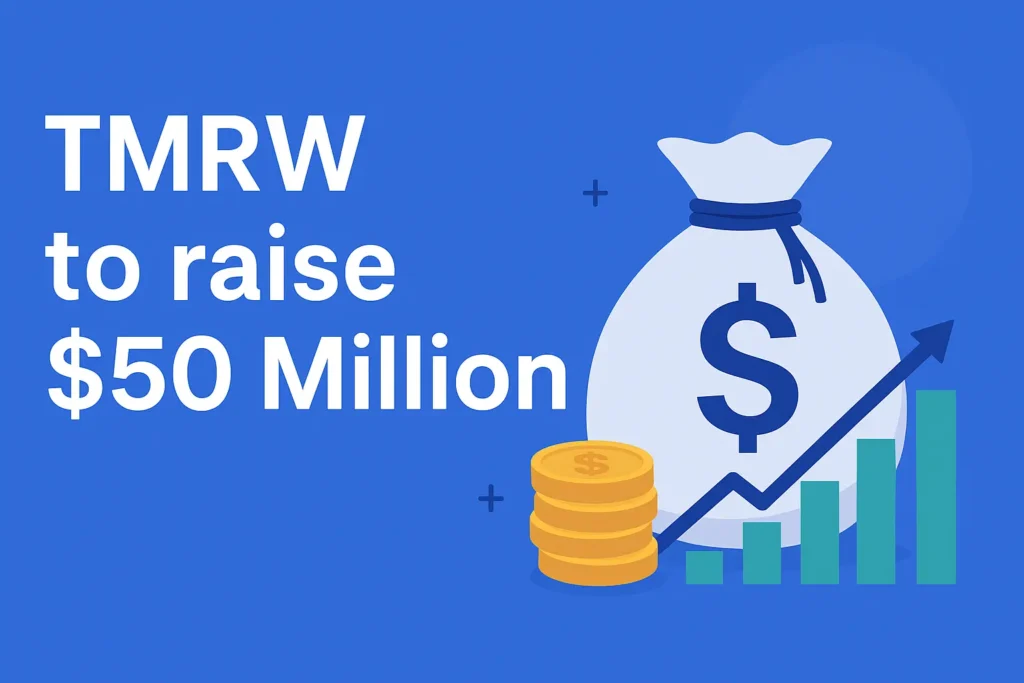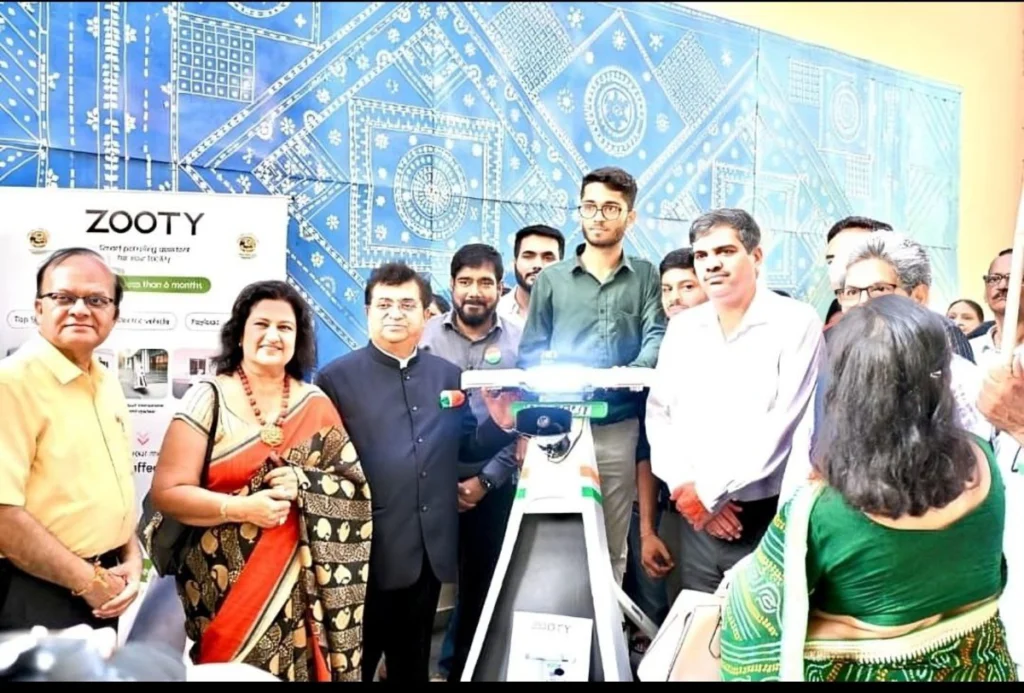| Category | Details |
|---|---|
| How Kuku Started | Business Model of Kuku: Founded in 2018 in New Delhi by Lal Chand Bisu, Vikas Goyal, and Vinod Kumar Meena with a vision to democratize digital entertainment across India’s diverse linguistic landscape. Kuku recognized the massive gap in quality vernacular content for the 700+ million smartphone users consuming entertainment in regional languages. It was started with audio-first storytelling through FM, targeting non-metropolitan audiences with bite-sized serialized content in eight Indian languages. The founders leveraged falling data costs (below $0.10 per GB) and UPI payment infrastructure to create an affordable subscription model accessible to Bharat (non-metro India). |
| Present Condition | It currently operates two flagship platforms: FM (audio-first shows) and Kuku TV (vertical microdramas). Kuku has achieved remarkable scale with 10+ million paid subscribers (up from 2 million in 2023), 229+ million total downloads across both apps, and ₹88 crore revenue in FY24 (2.1X YoY growth). Kuku’s valuation reached $500 million in the Series C round—more than double the previous valuation. Kuku maintains 80% subscriber base in non-metropolitan cities with 60% male and 40% female users aged 25-35. Its proprietary GenAI studio assists 70-80% of content production, enabling unprecedented production efficiency. It operates profitably with 2X growth in average revenue per user and 10X overall growth since last funding. |
| Future of Industry | It plans aggressive expansion domestically and internationally, targeting Middle East markets currently and US market entry in 2026 for diaspora communities. It will deepen AI/data infrastructure, expand the 150-person team with technology and content talent, and strengthen creator partnerships. Kuku aims to produce celebrity-driven premium series targeting 100 million views each. The broader Indian digital content industry is projected to reach $2 billion annually within five years for short-form audio/video. India’s digital media has overtaken television (32% of ₹802 billion media sector) with 11.2% CAGR through 2027. |
| Opportunities for Young Entrepreneurs | Young entrepreneurs can leverage Kuku’s ecosystem in multiple ways: (1) Content Creation—Kuku actively partners with regional language writers, voice artists, and videographers across India’s 22+ official languages beyond current eight-language offering; (2) Localization Services—opportunities in translation, cultural adaptation, and dialect-specific content development; (3) AI/ML Tools—building complementary technologies for content production, distribution analytics, and personalization; (4) Adjacent Platforms—creating specialized vertical content platforms for underserved niches (regional comedy, spiritual content, agricultural knowledge); (5) Creator Economy Infrastructure—developing tools, training programs, and marketplaces supporting vernacular content creators. The vernacular content revolution demonstrates that massive value exists in serving non-English speaking populations ignored by global platforms. |
| Market Share | Kuku FM has achieved 35 million downloads generating $102 million in consumer spending through 2025. Kuku competes primarily with Pocket FM (38 million downloads, $100 million spending), Story TV, DashReels, QuickTV, and Reelies. Kuku’s dual-platform strategy (audio + video) provides broader market coverage than audio-only competitors. Within India’s estimated 1 billion internet users and 700 million smartphone users, captures a significant but still developing share of the regional language content market. Its10 million paid subscribers represent approximately 1.4% penetration of smartphone users, indicating substantial growth runway. |
| Kuku’s MOAT (Competitive Advantage) | Kuku’s competitive advantages include: (1) Proprietary GenAI Studio—vertically integrated AI/ML infrastructure reducing content production costs and turnaround by 70-80%, creating sustainable cost leadership; (2) Dual-Platform Architecture—serving both audio-first and video-first audiences while competitors focus on single format; (3) Multi-Linguistic Depth—eight Indian languages with cultural localization versus competitors’ Hindi concentration; (4) Non-Metro Dominance—80% subscriber base in underserved tier-2/3 cities creates defensible positioning; (5) Network Effects—growing content library and creator partnerships strengthening platform stickiness; (6) Data Moat—consumption patterns from 10+ million subscribers enabling superior AI recommendations and content optimization; (7) First-Mover Advantage—established brand recognition in regional markets before major platform competition intensified. |
| How Kuku Makes Money | Kuku monetizes through: (1) Subscription Revenue—primary income from 10+ million paid subscribers accessing premium content libraries; (2) Advertising Revenue—integrated advertisements within free content and sponsored content partnerships; (3) Micro-transactions—pay-per-episode or pay-per-series options for non-subscribers; (4) Creator Partnerships—revenue-sharing arrangements with content producers and celebrity collaborations. Its average revenue per user doubled since previous funding, indicating successful pricing optimization and enhanced content value proposition. Its ₹88 crore FY24 revenue (2.1X growth) demonstrates strong unit economics with path toward sustained profitability as subscriber base scales. |
I’m Araib Khan, an author at Startups Union, where I share insights on entrepreneurship, innovation, and business growth. This role helps me enhance my credibility, connect with professionals, and contribute to impactful ideas within the global startup ecosystem.




